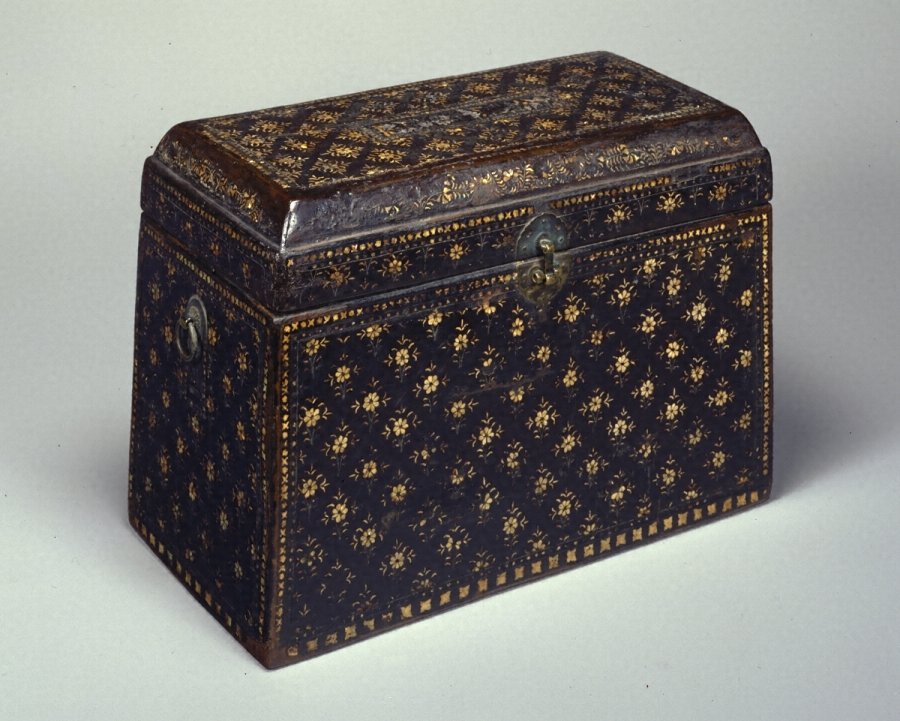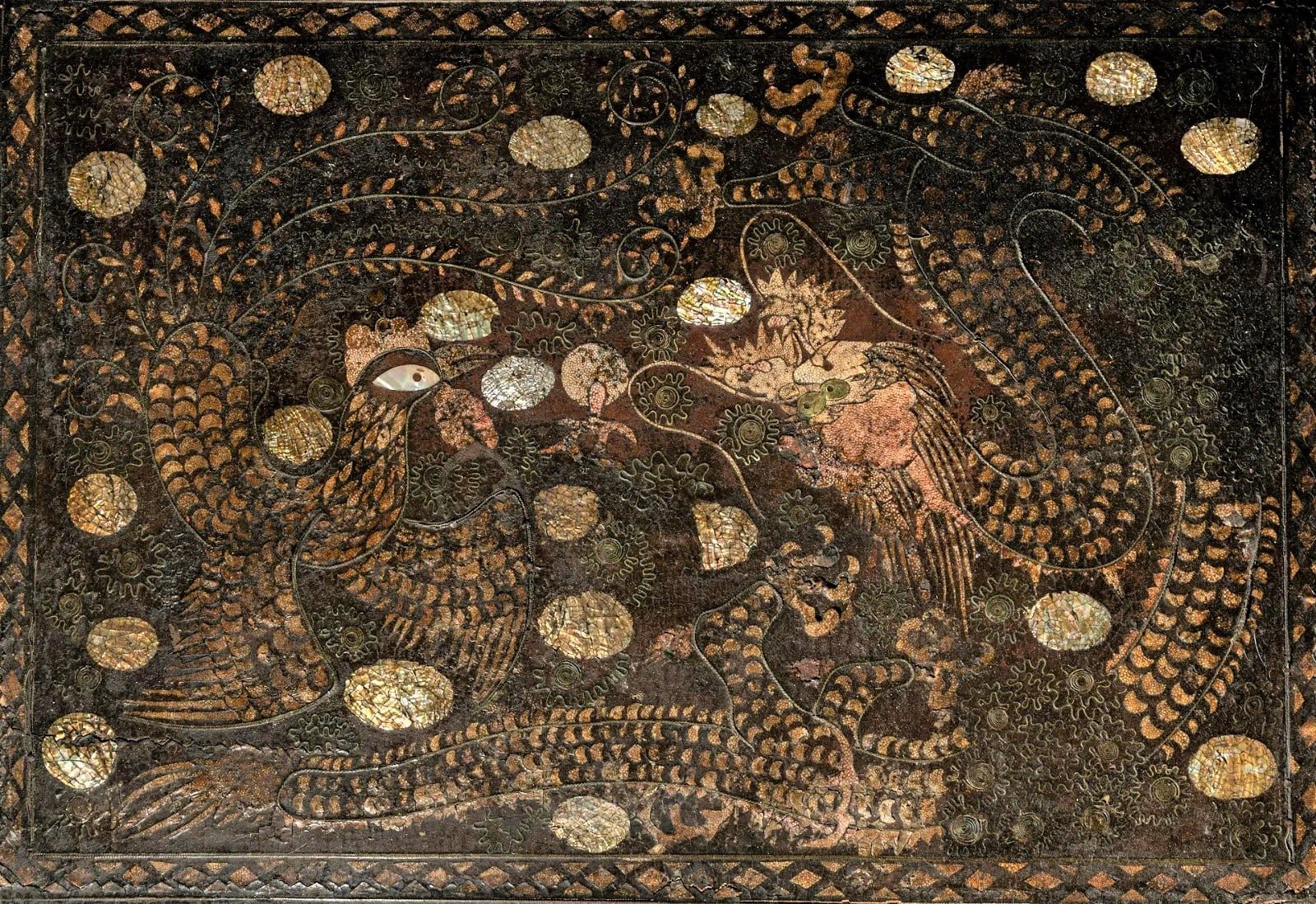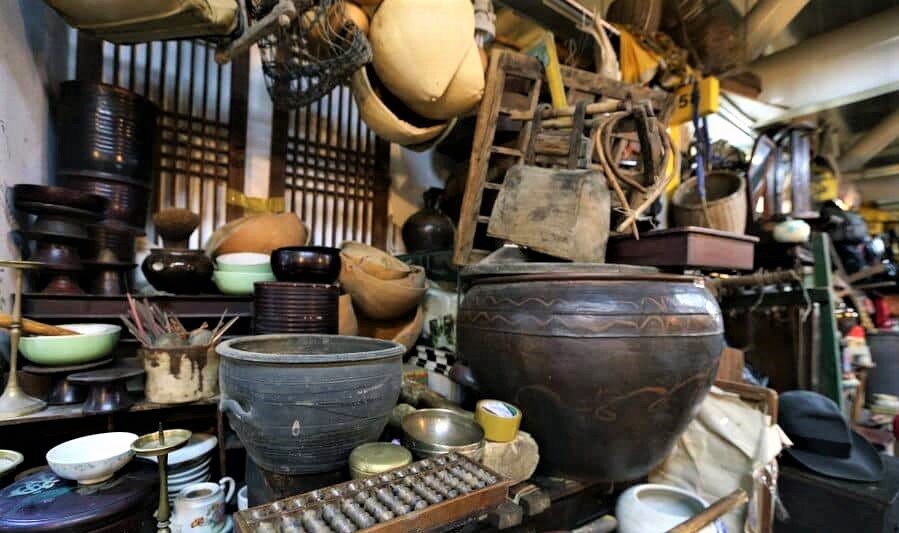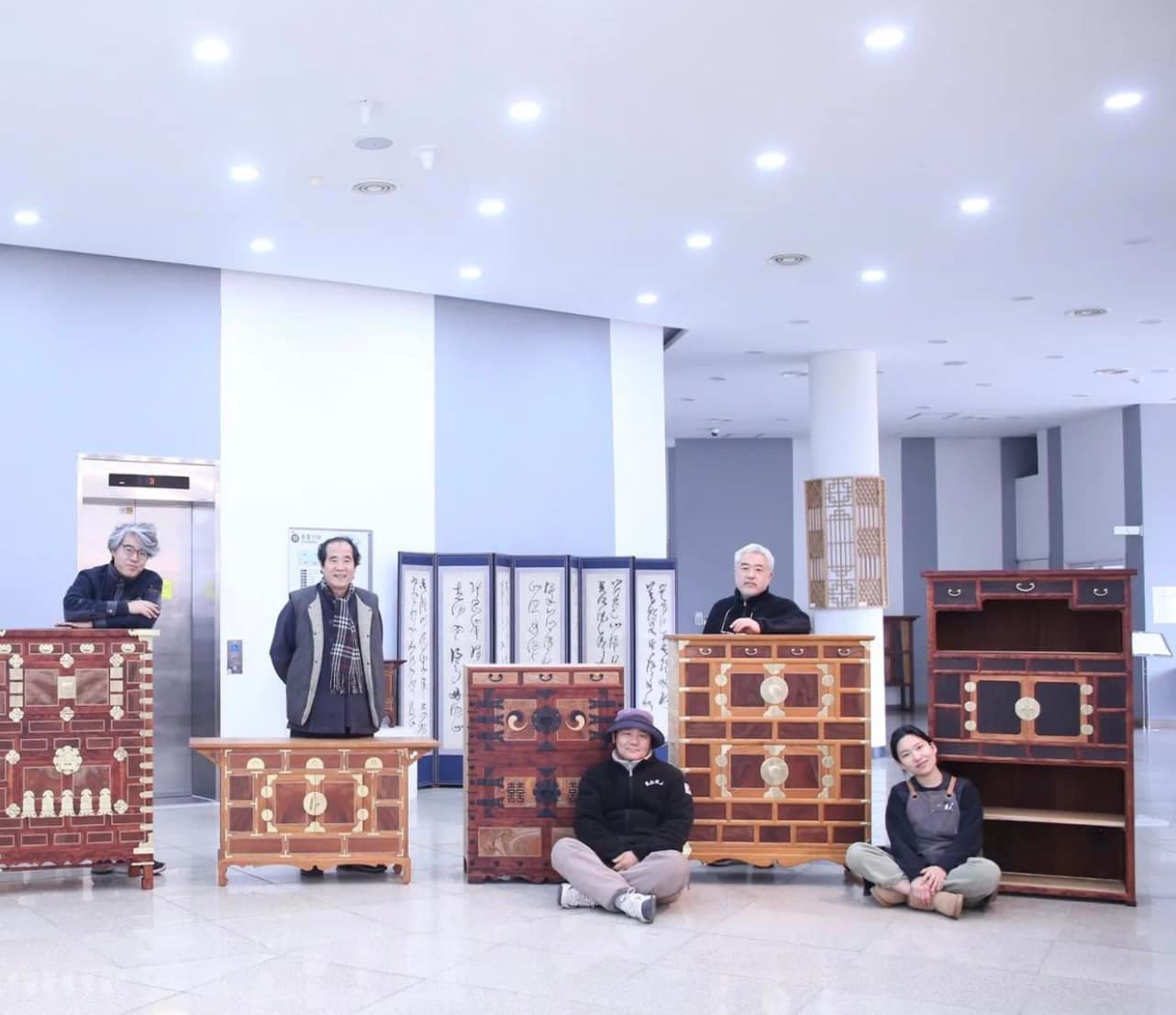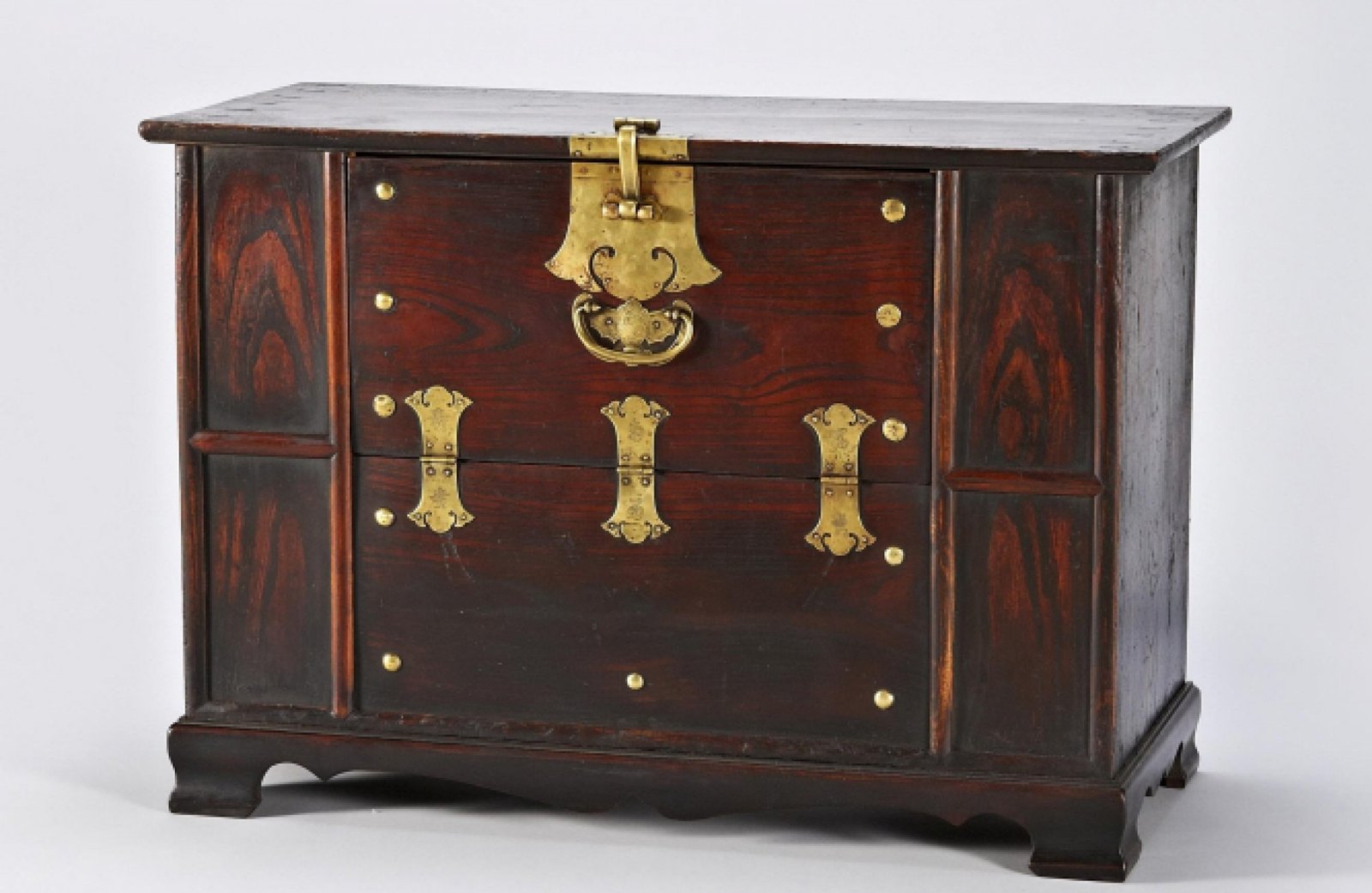THE JAPAN FOLK CRAFTS MUSEUM THE TOKYO NATIONAL MUSEUM. Photos above: This shell-inlayed (raden) box is for storing sutra scrolls and was formerly owned by the Mōri Family. The hinge, lock and rings on the sides are thought to be later additions made in Japan. The letter 黄二 (yellow-two) on the one side indicates that […]
